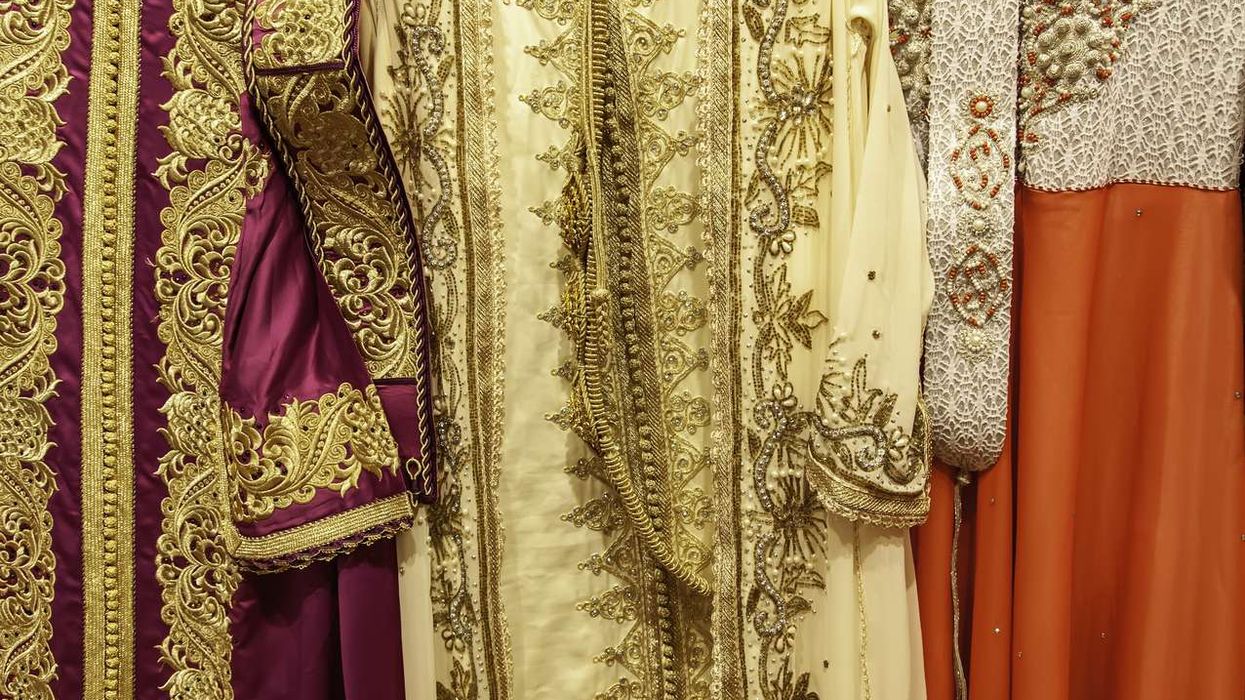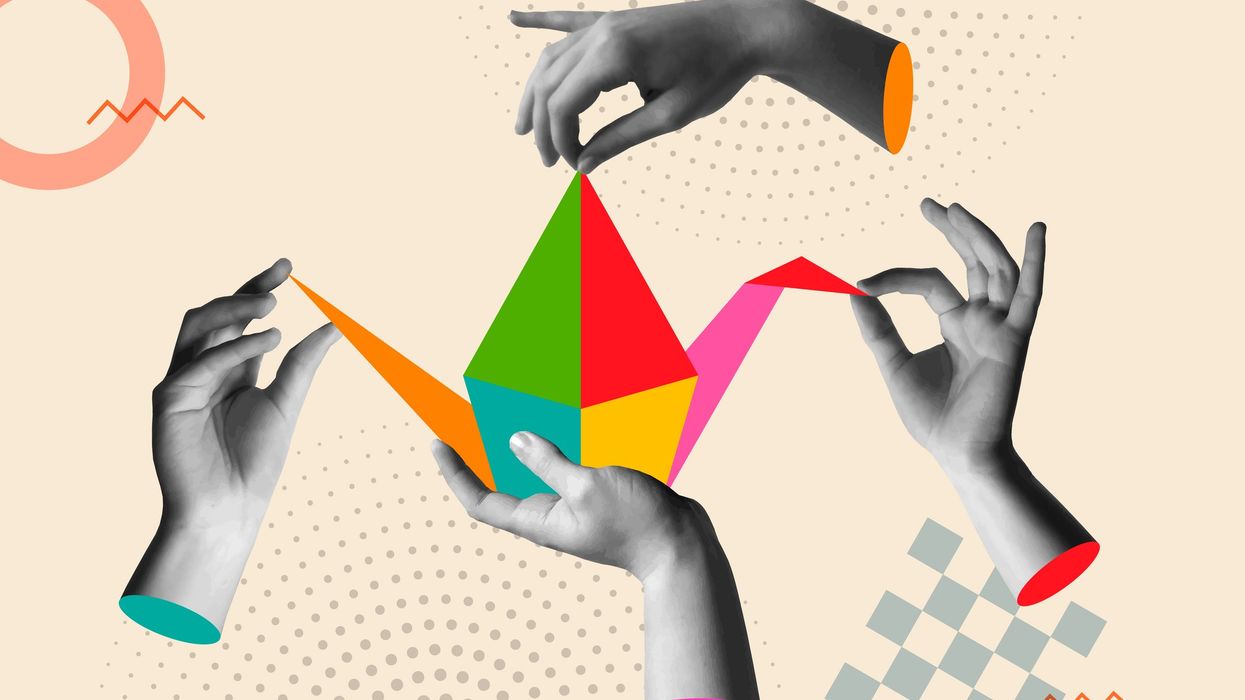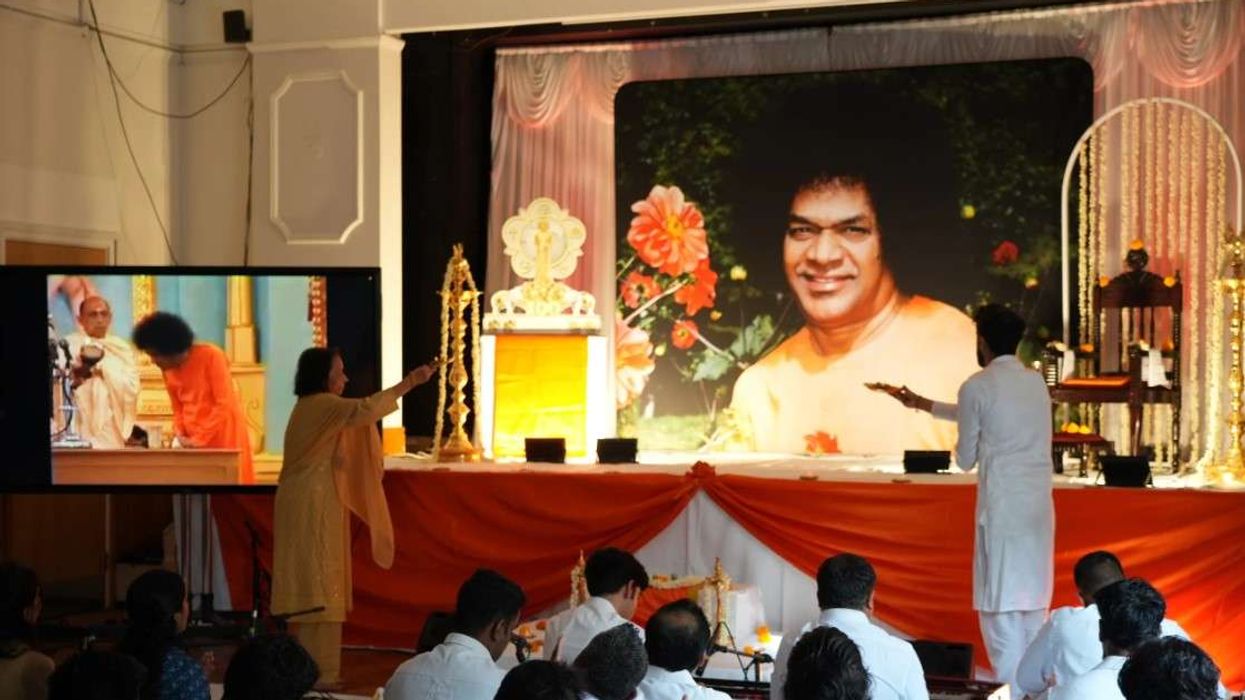Between intangible heritage, cultural diplomacy, and geopolitical rivalries, the Moroccan caftan has become more than a garment. It is a living emblem of the Kingdom’s identity, now at the heart of a cultural tug-of-war with Algeria.
Six months ago, Morocco submitted a bid to UNESCO to have the caftan inscribed on the Representative List of the Intangible Cultural Heritage of Humanity. At first glance, it may seem like a symbolic gesture. In reality, it is a strategic move to safeguard Morocco’s cultural and artisanal legacy from repeated attempts at appropriation by its neighbor. Beneath the elegance of this centuries-old attire lies a profound struggle over heritage, diplomacy, and national identity.
A rivalry woven into fabric
For the past two decades, Morocco and Algeria have engaged in a race to secure UNESCO recognition for their respective traditions. In 2012, Algiers succeeded in registering the wedding rituals of Tlemcen—a move that sparked anger in Rabat, which viewed it as a bid to claim a textile tradition deeply rooted in Moroccan history.
Since then, Morocco has built a robust case, drawing on historical sources, museum archives, ethnographic studies, and evidence of uninterrupted craftsmanship. The message is clear: the refined and enduring caftan is, above all, Moroccan.
A garment stitched into Morocco’s history
Historians note that Tlemcen, now part of Algeria, was repeatedly integrated into Morocco’s political sphere—from the Almoravids to the Alaouites. Trade and craftsmanship flowed freely: weavers from Fez sold their fabrics as far as Oran, while Moroccan embroidery directly shaped Tlemcen’s ateliers.
The Moroccan caftan is not merely a dress; it is a complete textile system. Its sfifa—a handwoven braid made on the “timendotes” loom—forms its backbone, much like zellige in Moroccan architecture. The silk-wrapped akkâd buttons are still mass-produced in Sefrou, where more than 30,000 women artisans keep the tradition alive. This continuity gives Morocco a legitimacy Algeria struggles to match, where many techniques have faded or transformed over time.
Continuity versus rupture
While Morocco emphasizes continuity, ethnographic studies show that several techniques disappeared from Algeria as early as the Ottoman era. Card weaving for the sfifa, for example, remained vibrant in Fez, Tetouan, Oujda, and Marrakech, but vanished from Algerian workshops.
Moroccan Jewish families, deeply involved in textile crafts, played a vital role in preserving and transmitting these skills. Supported by the monarchy, this resilience has allowed the caftan to maintain its authenticity and sophistication.
A multicultural tradition rooted in Morocco
The caftan embodies a blend of Andalusian, Amazigh, Jewish, and Ottoman influences. Yet it is in Morocco that these diverse strands took root, were codified, and have been transmitted over centuries. The Keswa El Kbira, a Jewish Moroccan wedding dress adorned with Hebrew motifs and symbolic spirals, is a striking example of how multicultural heritage became fully integrated into Moroccan identity. Far from being frozen in time, the tradition continues to evolve with modern fashion.
Algerian claims on shaky ground
Algeria argues that Tlemcen’s costume dates back to the Almohad dynasty. Yet the dynasty’s capital was Marrakech, undermining Algeria’s claim. Moroccan museums also hold centuries-old caftans, majboûd embroideries, and mansouj fabrics identical to those Algeria asserts ownership of—but in Morocco, these pieces are documented and dated.
Soft power through fashion
The caftan is more than heritage—it is diplomacy. For decades, Moroccan monarchs have gifted it to global figures, from Farah Diba to Hillary Clinton, and even to legendary singer Oum Kalthoum. These gestures embody Morocco’s intent to project refinement and culture on the world stage.
Today, designers and associations continue to reimagine the caftan. The Timendotes Association trains young craftswomen, protects designs through Morocco’s industrial property office, collaborates with architects like Studio KO, and showcases its work abroad.
Through the caftan, Morocco asserts its ability to preserve, innovate, and share its heritage worldwide. Faced with Algerian claims, Rabat counters with history, archives, living workshops, and international recognition. More than a dress, the caftan has become a weapon of soft diplomacy and a symbol of cultural sovereignty that Morocco is determined to defend.
This article is paid content. It has been reviewed and edited by the Eastern Eye editorial team to meet our content standards.













